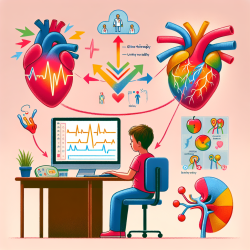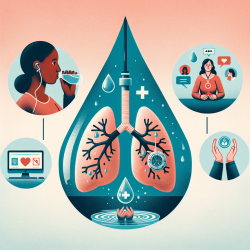The study "Comparison of Physiological and Biochemical Autonomic Indices in Children with and without Autism Spectrum Disorders" offers valuable insights into the autonomic dysregulation in children with Autism Spectrum Disorders (ASD). The research provides evidence-based data on how autonomic nervous system (ANS) dysregulation manifests in children with ASD, and this can be instrumental for practitioners aiming to improve therapeutic outcomes.
Key Findings
The study assessed autonomic function using two main indices: Heart Rate Variability (HRV) and urinary Vanillylmandelic Acid (VMA) levels. Here are the primary findings:
- Children with ASD exhibited significantly higher cardiac sympathetic activity, as evidenced by increased Low Frequency (LF) HRV.
- Conversely, High Frequency (HF) HRV, which indicates parasympathetic activity, was significantly lower in children with ASD.
- Urinary VMA levels were also significantly higher in the ASD group, indicating increased sympathetic nervous system activity.
Implications for Practitioners
These findings highlight the importance of monitoring autonomic function in children with ASD. Here are several ways practitioners can utilize this data to enhance therapeutic interventions:
- Incorporate HRV Monitoring: Regular HRV assessments can help track autonomic function and identify periods of heightened stress or dysregulation in children with ASD.
- Biofeedback and Relaxation Techniques: Given the increased sympathetic activity in ASD, biofeedback and relaxation techniques can be employed to help children learn to modulate their autonomic responses.
- Personalized Therapy Plans: Understanding the autonomic profile of each child can help tailor interventions to their specific needs, potentially improving social interactions and reducing repetitive behaviors.
Encouraging Further Research
While this study provides crucial insights, further research is needed to explore the long-term implications of autonomic dysregulation in ASD and to develop targeted interventions. Practitioners are encouraged to stay abreast of new research and consider participating in studies that aim to deepen our understanding of ASD.
To read the original research paper, please follow this link: Comparison of Physiological and Biochemical Autonomic Indices in Children with and without Autism Spectrum Disorders.










